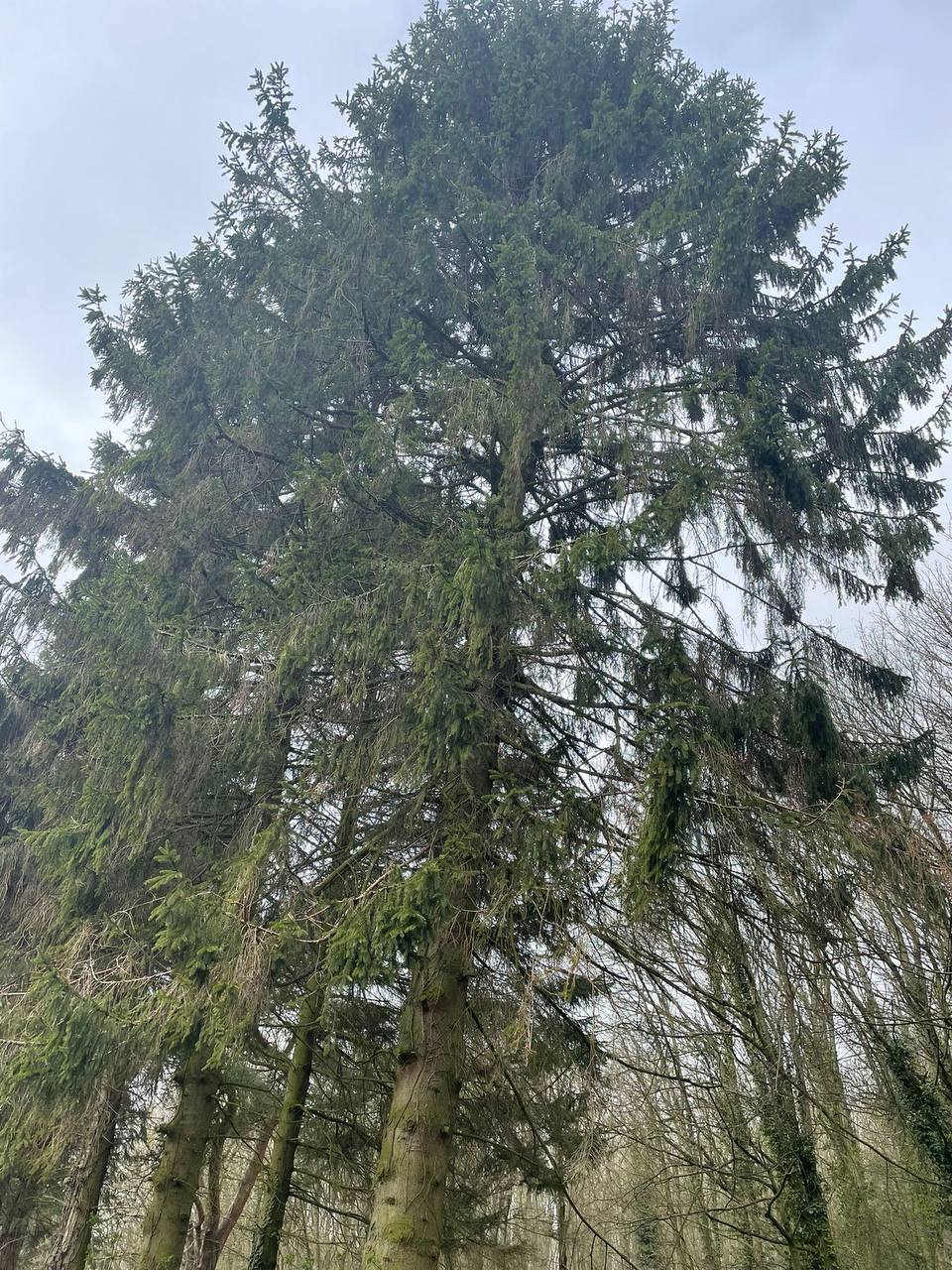Hedges play an important role in shaping the appearance, privacy, and structure of a garden. When well maintained, they provide a neat boundary and enhance the character of outdoor spaces. However, when hedges are left untrimmed for long periods, they quickly become difficult to manage and far more demanding to restore to a healthy, attractive condition. For homeowners in Paddock Wood and across Kent, understanding why hedges become harder to control over time is the first step towards effective long-term maintenance.
Rapid, Uncontrolled Growth Creates Structural Problems
Most hedge species grow far quicker than people realise. Without regular trimming, they soon extend beyond their ideal shape and height. As this growth accelerates, the hedge becomes woody, uneven, and structurally unstable. Once the stems harden and thicken, reshaping the hedge becomes a more complex task. Cutting back heavily at this stage can leave bare sections, gaps, or cause stress to the plant, making recovery slower and more unpredictable.
Loss of Shape Reduces Light and Airflow
A neglected hedge often becomes dense and compacted, especially towards the outer layers. This thick growth blocks light from reaching the inner branches, causing them to die back. Reduced airflow can also create damp conditions within the hedge, encouraging disease and further weakening the plant. When the internal structure deteriorates, bringing the hedge back to a healthy, attractive form requires more skill and more precise reduction work.
Mature Branches Become Difficult to Cut
Young hedge growth is soft and easy to trim, but once neglected growth becomes mature, the wood toughens significantly. This makes cutting more labour-intensive and requires professional equipment to achieve clean, safe results. Untrained attempts to cut through thicker wood can damage the hedge or result in an uneven finish, leaving the overall shape looking untidy or unbalanced.
Height and Spread Become Unmanageable
One of the most common issues seen in heavily overgrown hedges is excessive height. Once a hedge has grown beyond a manageable level, reducing it safely becomes more challenging. Large or tall hedges often require specialist access equipment, careful planning, and controlled reduction techniques to avoid damaging the plant. Regular maintenance prevents hedges from reaching this stage, ensuring they remain practical to care for and visually appealing.
Increased Risk of Pests and Disease
Neglected hedges are more prone to harbouring pests, fungal problems, and dead material. Dense, compacted growth provides ideal conditions for infestations to take hold unnoticed. Once issues develop deep within the hedge, they can spread quickly and may require more extensive work to correct. Consistent trimming encourages healthy regrowth and allows early identification of any problems.
Why Homeowners in Paddock Wood Benefit from Professional Hedge Care
The climate in Kent, particularly its mild summers and regular rainfall, encourages fast hedge growth. For residents in Paddock Wood, professional hedge maintenance ensures that hedges remain healthy, well-shaped, and manageable throughout the year. PW Tree Surgeons provide expert hedge trimming, reduction, and management services tailored to the species, size, and condition of each hedge, helping homeowners maintain tidy boundaries and thriving greenery.
Conclusion
Neglected hedges become increasingly difficult to manage due to rapid growth, toughened branches, loss of internal structure, and a higher risk of disease. Regular maintenance not only preserves the health of the hedge but also prevents the need for more complex work in the future. If your hedge has become overgrown or you would like professional guidance on maintaining it, PW Tree Surgeons in Paddock Wood, Kent are here to help. Contact us to arrange a visit and restore your garden’s hedges to their best condition.
Call us on: 01892 352895
Click here to find out more about PW Tree Surgeons
Click here to complete our contact form and see how we can help with your tree needs.
